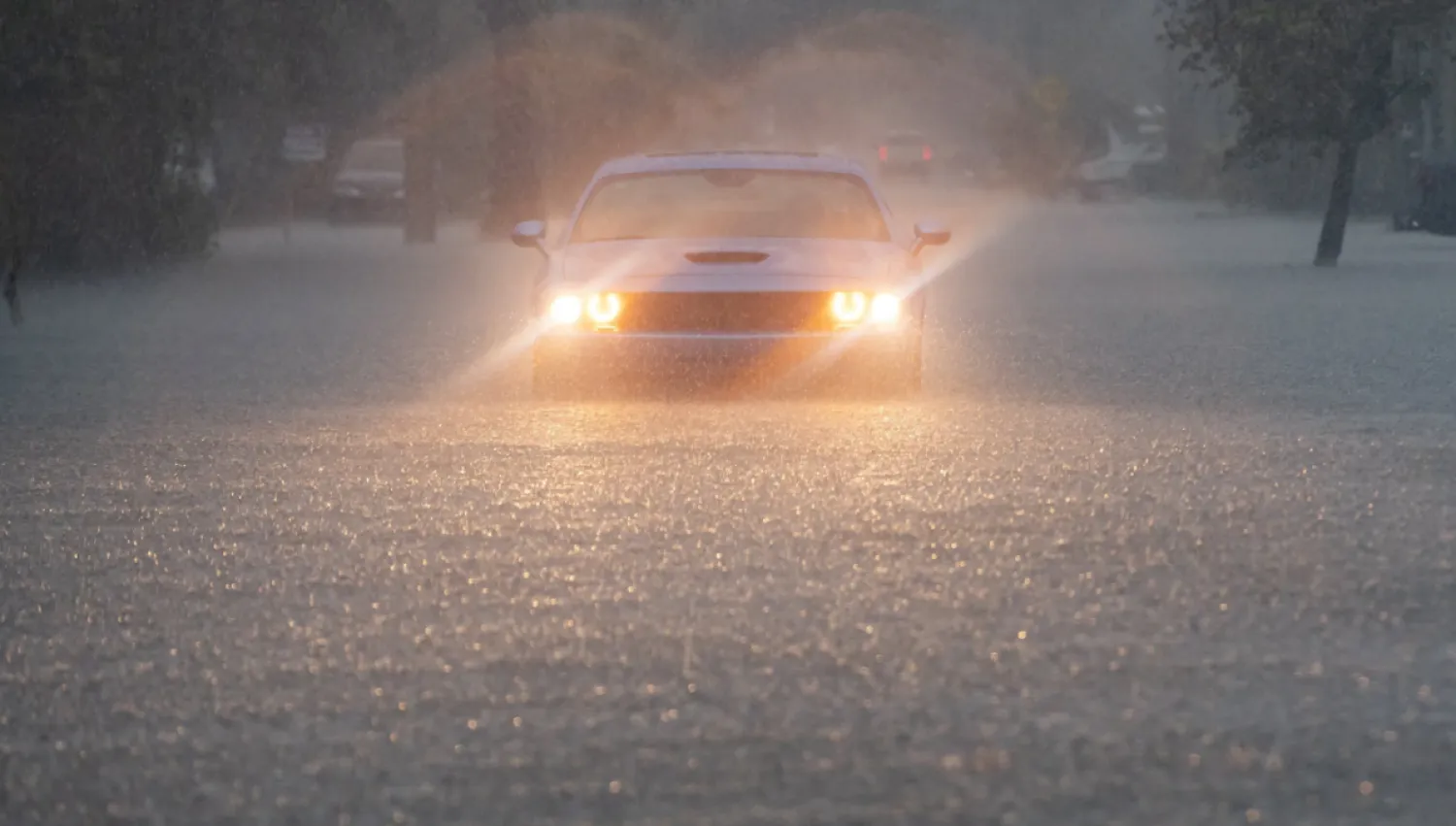After days of intense flooding in Florida, that state and many others are bracing for an intense heat wave, while the Pacific Northwest will experience unseasonably cold weather and the potential for late-season snow in the Rocky Mountains early next week.
The chaotic weather map includes the potential for severe thunderstorms developing in between the hot and cold fronts. Forecasters said the colliding fronts could lead to areas of flash flooding between eastern Nebraska and northern Wisconsin on Saturday night, as well as strong storms across parts of eastern Montana into North and South Dakota, The AP reported.
Meanwhile, a plume of tropical moisture will reach the central Gulf Coast during the next couple days, with heavy rain expected to start Monday morning, according to the National Weather Service.
Forecasters said the threat of heavy rains in Florida continues to dissipate, but some thunderstorms could cause local flooding given the already saturated soil. Some areas between Miami and Fort Lauderdale were left underwater in recent days as persistent storms dumped up to 20 inches (50 centimeters) in southern parts of the state.
The damaging no-name storm system coincided with the early June start of hurricane season, which this year is forecast to be among the most active in recent memory amid concerns that climate change is increasing storm intensity.
With flood waters receding in Florida, temperatures were rising Saturday across much of the southern US.
In Atlanta, where temperatures were forecast to near 100 degrees Fahrenheit (38 degrees Celsius) on Saturday and Sunday, city officials opened a cooling center to provide relief from the heat. The city announced that a “Family and Friends Field Day” had been postponed because of the high temperatures forecast.
And in the west Texas city of El Paso, Saturday highs were expected to approach 105 F (40.6 C) and the National Weather Service issued a heat advisory through Monday morning for the region. The city has opened five cooling centers that will operate daily until further notice.
The National Weather Service said temperatures in Phoenix, where an excessive heat warning was in effect, were forecast to reach 113 F (45 C) on Saturday afternoon. That would be short of the record set for June 15, when in 2021 the high reached 115 F (46 C).
Though Arizona is entering its three-month monsoon season — when a shift in wind patterns pulls moisture in from the tropical coast of Mexico — no rain is forecast for Saturday and most of next week.
“No chances of rain across the state,” said National Weather Service meteorologist Ted Whittock, noting however there’s a 30% chance of showers in southeastern Arizona on Friday, June 21.
In Tennessee, tens of thousands of revelers at the Bonnaroo Music & Arts Festival braved a hot, sunny weekend to take in more than 150 performances on the 700-acre farm campground and concert venue that hosts the annual event. Some fans constructed elaborate canopy and tent combinations for shade; others had their sunscreen confiscated upon entry because of restrictions on full-sized bottles and aerosol cans, The Tennessean reported.
Temperatures in the Mid-Atlantic and New England will likely peak in the mid to upper 90s next week, which is “nothing to sneeze at even in the middle of the summer, let alone this early in the summer,” said National Weather Service meteorologist William Churchill.
“That’s what’s particularly remarkable about this,” he said, noting that high humidity will also make it feel even hotter in many places.
Last year, the US had the most heat waves — abnormally hot weather lasting more than two days — since 1936. In the South and Southwest, last year was the worst on record, according to the National Oceanic and Atmospheric Administration.
Next week’s heat wave will ramp up Sunday in the center of the country before spreading eastward, the National Weather Service said, with some areas likely to see extreme heat reaching daily records. The heat wave could last all week and into the weekend in many places.
While most of the country experiences the season’s first stretch of hot weather, parts of Montana have been placed under winter storm watches with a potential for wet snow falling Monday night.
Churchill said the northwestern cold front is connected to the heat wave because one extreme is often accompanied by the other.









